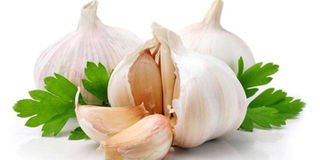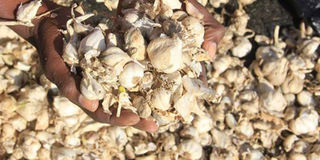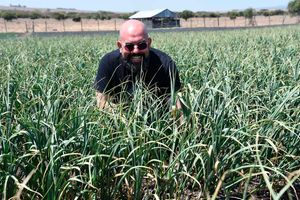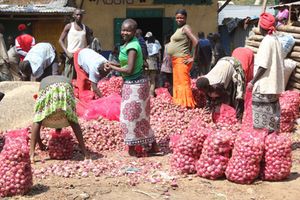
Garlic. Unlike other niche market crops, garlic is not hard to grow because there are a few important requirements that can be easily met, such as fertile well-drained soil, adequate moisture and planting the right seeds.
Garlic, scientifically known as allium sativum and locally called kitunguu saumu, is one of the most profitable and valuable crops for farmers.
It is a staple food in many households, widely used in cooking and valued for its many health benefits. With strong demand locally and abroad, garlic represents a lucrative opportunity for farmers.
Known for its rich flavour and superior quality, Kenyan garlic has a competitive advantage over imported varieties, making it a preferred choice among consumers.
Growing garlic is a wise investment due to its relatively short maturity and high market prices. With proper planning, good agronomic practices and market research, farmers can achieve substantial returns.
Garlic production is highly profitable due to its strong and consistent market demand. However, before starting production, farmers need to establish reliable market linkages to avoid the challenge of finding buyers.
Garlic is an everyday household staple used for cooking and medicinal purposes, and demand is growing steadily, especially among health-conscious consumers.
In addition, Kenya relies heavily on garlic imports, mainly from China, which presents a valuable opportunity for local farmers to increase production and reduce dependence on foreign supplies.
Another reason to consider growing garlic is its high value. Compared to other crops, garlic sells for a good price.
If well managed, it can yield up to 10 tonnes per hectare. Garlic also has a long shelf life, which means farmers can store it and sell it when prices improve.
Garlic is a hardy crop that thrives in a variety of climates, although it performs best in cool to temperate regions.
It requires well-drained loamy soils rich in organic matter with a soil pH of 6.0 to 7.0. Farmers in regions like Nyeri, Kirinyaga, Kiambu, Embu, Meru, Nakuru, Kajiado and Bomet can achieve high yields by following good management practices.

A farmer displays harvested garlic bulbs drying.
In areas with unreliable or insufficient rainfall, investment in irrigation is crucial to ensure consistent production throughout the year and maximise yields.
One of the reasons garlic is in such high demand is because of its many health benefits.
It helps boost the immune system, making it an effective remedy for colds and flu. It also improves heart health by lowering blood pressure and cholesterol levels.
Garlic contains antioxidants, which can help protect cells and reduce the risk of certain diseases.
These health benefits make garlic an essential ingredient in many households, increasing its market demand.
To be successful in garlic farming, proper planning is essential. Farmers need to choose the right variety, prepare the soil and ensure they have a reliable water source.
Garlic prefers full sun, but excessive heat can affect bulb formation. It is important to select well-adapted varieties that thrive in local conditions to maximise yields.
Garlic production is profitable, requiring careful planning and good management practices. With increasing demand from local and international markets, farmers who invest in garlic can enjoy good returns.
By choosing the right variety, preparing the soil well and following best practices, farmers can achieve high yields and maximise their returns.
In the next article, we will discuss how to select the best garlic variety for your farm to ensure maximum productivity and profits.










